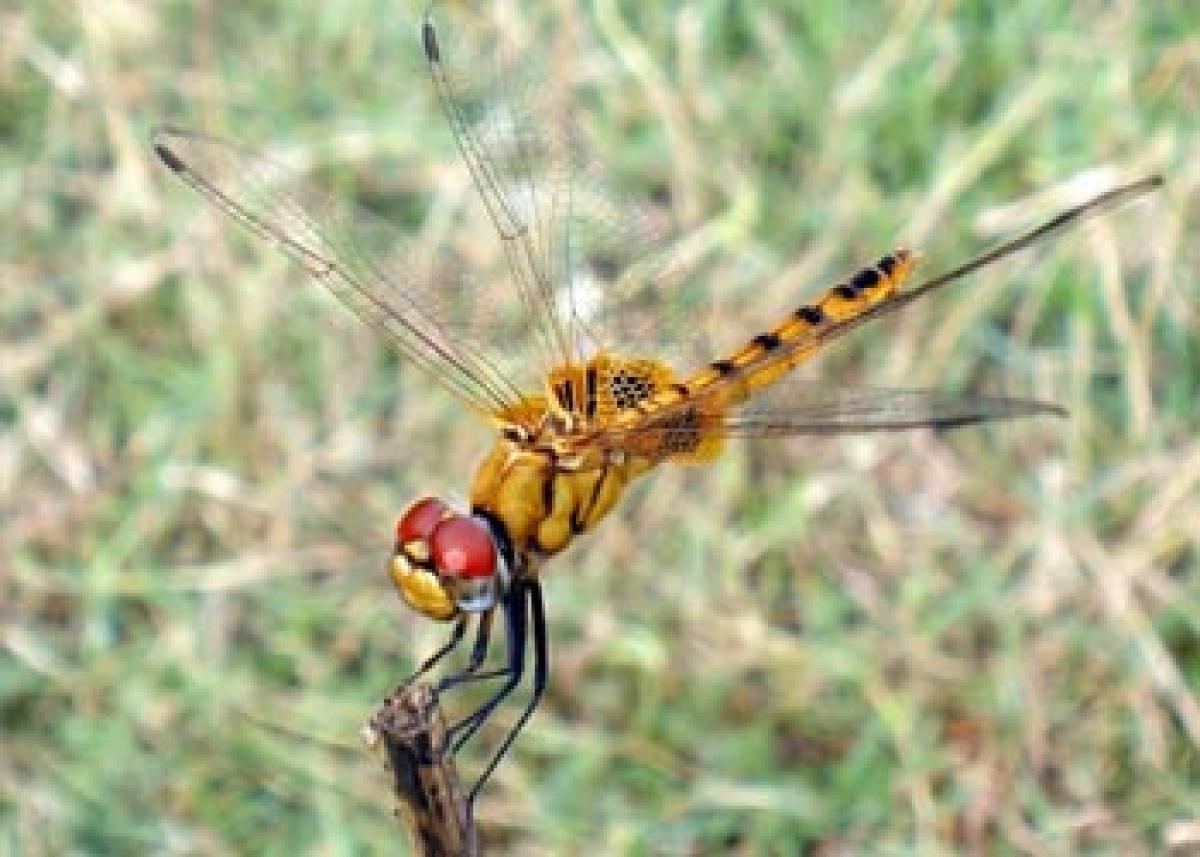World's longest distance flier may be a tiny dragonfly

A small dragonfly found in several countries including India may be the animal world\'s most prolific long distance traveller - flying thousands of miles over oceans as it migrates across continents, scientists say.
Washington: A small dragonfly found in several countries including India may be the animal world's most prolific long distance traveller - flying thousands of miles over oceans as it migrates across continents, scientists say.
Scientists at the Rutgers University-Newark (RU-N) found that populations of this dragonfly, called Pantala flavescens, in locations as far apart as Texas, eastern Canada, Japan, Korea, India, and South America, have genetic profiles so similar that there is only one likely explanation.
These insects travel distances that are extraordinarily long for their small size, breeding with each other, and creating a common worldwide gene pool that would be impossible if they did not intermingle, researchers said.
"This is the first time anyone has looked at genes to see how far these insects have travelled," said Jessica Ware, assistant professor of biology at RU-N. "If North American Pantala only bred with North American Pantala, and Japanese Pantala only bred with Japanese Pantala, we would expect to see that in genetic results that differed from each other," said Ware.
"Because we don't see that, it suggests the mixing of genes across vast geographic expanses," she said. "These dragonflies have adaptations such as increased surface areas on their wings that enable them to use the wind to carry them," Ware said.
Dragonflies, in fact, have already been observed crossing the Indian Ocean from Asia to Africa. "They are following the weather. They're going from India
where it's dry season to Africa where it's moist season, and apparently they do it once a year," said Daniel Troast, who analysed the DNA samples in Ware's lab.
Moisture is a must for Pantala to reproduce, and that is why these insects would be driven to even attempt such a perilous trip, Ware said. The species depends on it. While many will die en route, as long as enough make it, the species survives.
Flight patterns appear to vary. The hardiest of the dragonflies might make the trip nonstop, catching robust air currents or even hurricane winds and gliding all the way. Others may be puddle jumpers. Pantala need fresh water to mate and lay their eggs and if they spot a fresh water pool, even on an island in the middle of an ocean it is likely they use those pools to mate, researchers said.
After the eggs hatch and the babies are mature enough to fly - which takes just a few weeks the new dragonflies join the swarm's intercontinental and now multi-generational trek right where their parents left off.
Monarch butterflies migrating across North America were thought to be the longest migrating insects, travelling about 4,023 kilometres each way, but Pantala breaks any migrating record they would have, with its estimated range of 7,081 kilometres or more, researchers said. The study was published in the journal PLOS ONE.














